Shipping has become an increasing necessity for most businesses, with spending in the US increasing by $8.2 billion, or 1.4 percent, this year alone. This surge underscores the importance of streamlining shipping and packaging expenses. This guide highlights cost-saving strategies for small and medium-sized businesses, addressing the constant need for packaging amidst evolving consumer demands and market shifts.
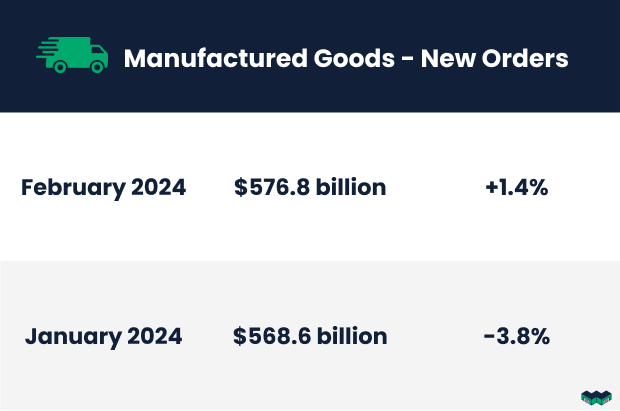
As the business supply chain evolves with sustainability and direct-to-consumer (D2C) models, the consistent demand for packaging offers a reliable avenue to reduce expenses. This article will outline practical steps to:
- Cut down packaging costs: Discover innovative ways to minimize packaging expenses.
- Economize on order fulfillment: Learn strategies to save on the complete order fulfillment process.
- Leverage custom packaging: Utilize custom packaging solutions to enhance cash flow.
Recent trends show significant cost hikes in shipping, with ocean rates from Asia to North America increasing sharply. For example, rates to the West Coast jumped by 38%, surpassing $4,000 per forty-foot equivalent unit (FEU). These changes signal a lasting high-cost environment, affecting global shipping and inflation rates.
This guide aims to equip businesses with insights and strategies to navigate these challenges, turning rising shipping and packaging costs into opportunities for efficiency and growth.
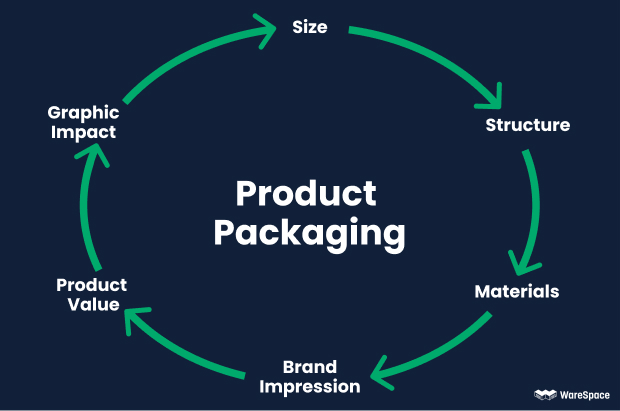
What is Shipping and Packing Optimization?
Shipping optimization is the process of analyzing and improving shipping operations to reduce costs and improve efficiency, focusing on strategies to streamline logistics.
Packaging optimization minimizes the use of resources in packaging, reducing waste and costs, while ensuring product safety and regulatory compliance.
Key aspects include:
- Efficient Transportation: Streamline logistics to reduce shipping times and costs.
- Resource Minimization: Use fewer materials for packaging to cut expenses and waste.
- Regulatory Adherence: Ensure packaging meets safety and compliance standards.
These optimizations directly impact cost reduction and environmental sustainability, aiding businesses in saving money and supporting eco-friendly initiatives.
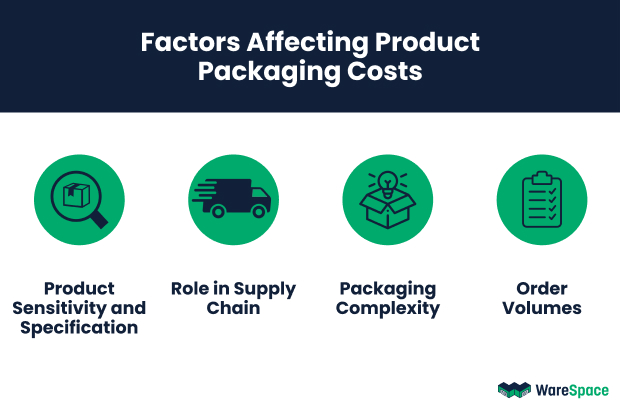
5 Ways to Reduce Packaging Costs by Optimizing Shipping
Reducing packaging costs is vital for any business. Here’s how you can achieve it through shipping optimizations:

1. Customized Packaging Solutions
Custom-fit packaging solutions offer a dual advantage: they not only align perfectly with your product dimensions, minimizing material usage, but also significantly reduce costs.
By tailoring packaging to the exact size and shape of your products, you eliminate the need for unnecessary filler materials, leading to a direct decrease in packaging volume and weight.
This approach not only streamlines the packing process but also diminishes the risks associated with transporting items. Fewer damages translate to lower replacement and return shipping costs, contributing to overall savings and improved customer satisfaction.
By investing in customized packaging, businesses can achieve a balance between cost-effectiveness and product safety, making it a strategic choice for reducing packaging and shipping expenses.
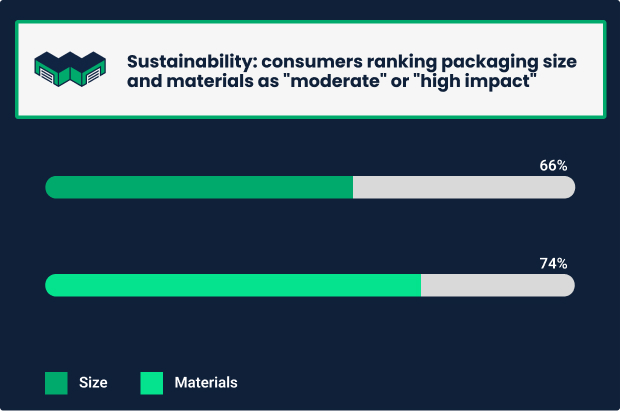
2. Integrate Eco-Friendly Materials
Embracing sustainable materials such as recycled paper, bioplastics, or plant-based packing elements can be a game-changer for businesses aiming to reduce their environmental footprint while also cutting costs.
These materials often come at a competitive price, offering an economically viable alternative to traditional packaging options. Their use not only demonstrates a commitment to environmental stewardship but also capitalizes on the growing consumer preference for sustainable products.
Transitioning to eco-friendly materials can lead to significant savings, particularly in the realm of waste disposal fees. Less waste means lower costs for disposal services and potential reductions in the frequency of waste pick-ups.
Additionally, many regions offer financial incentives for businesses that adopt green practices, which can further offset the costs of sustainable packaging solutions.
The shift towards eco-friendly packaging is strongly supported by consumer behavior:
- Two-thirds of consumers factored eco-friendly practices into their purchase decisions.
- Over half of consumers will pay more for eco-friendly shipping and packaging.
- 91% of consumers want to see “Eco-Friendly Shipping” at checkout.
Incorporating these insights, businesses not only contribute to environmental preservation but also align with consumer expectations, enhancing brand loyalty and potentially increasing market share.
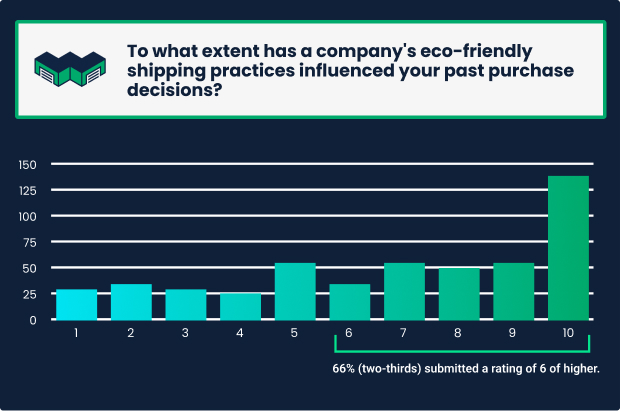
3. Streamline Packaging Design
Adopting a minimalist approach to packaging design can yield significant cost savings and branding benefits. By using fewer materials and embracing simpler designs, companies can reduce production and material costs without compromising the product’s protection or appeal.
Sleek and straightforward packaging can enhance brand image and customer experience. A clean and modern design not only stands out on the shelf but also conveys a message of efficiency and responsibility. It reflects a company’s commitment to simplicity and sustainability, traits highly valued in today’s market.
A market research test showed that 72% of American consumers reported that packaging design influenced their buying decisions, and 67% were swayed by the type of packaging material used.
Streamlining packaging design is not just about cutting costs; it’s about creating value through simplicity, efficiency, and an enhanced brand image.
4. Leverage Technology for Packaging Efficiency
Utilizing technology in packaging processes, particularly through automation, can significantly enhance efficiency. Automated solutions can expedite packaging operations, reduce labor costs, and minimize material waste, leading to a more streamlined and cost-effective process.
Investing in technology is not merely about the immediate gains in speed and cost reduction; it’s also about securing long-term savings and achieving a strong return on investment (ROI). Technological advancements can future-proof packaging operations, adapting to scale and market changes.
Incorporating technology into packaging strategies not only streamlines operations but also aligns with sustainable business practices and market adaptability, making it a prudent long-term investment for businesses aiming to optimize packaging efficiency.
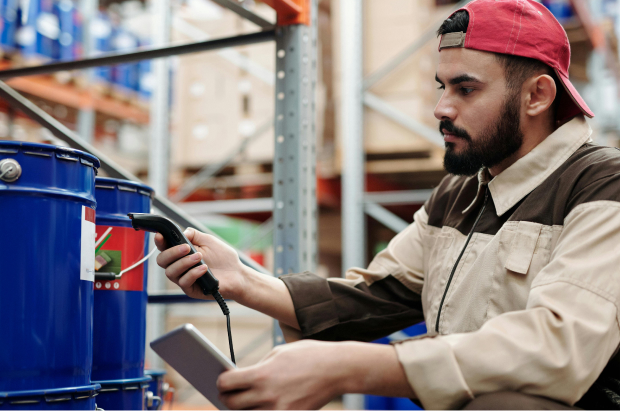
5. Conduct Regular Packaging Audits
Regular packaging audits are vital for continuous improvement, allowing businesses to systematically assess their packaging strategies, identify inefficiencies, and discover areas for cost reduction. These periodic reviews are instrumental in keeping packaging practices up-to-date and aligned with business goals.
- Market Trends Analysis: Audits can assess how current packaging stands against emerging market trends, ensuring that the packaging strategy remains relevant and competitive.
- Feedback Loop Creation: Implementing a feedback mechanism as part of the audit can gather insights from customers and frontline employees, leading to more informed packaging decisions.
By informing strategic changes, these audits guide businesses toward more efficient and effective packaging choices and processes. They are not just about cutting costs but improving the packaging’s functionality and impact.
- Technology Integration: Audits can identify opportunities to integrate new technologies, enhancing packaging efficiency and effectiveness.
- Waste Management Improvements: Audits often reveal better waste management and recycling opportunities, contributing to sustainability goals and possibly unlocking new cost savings.
Conducting regular packaging audits thus ensures that packaging operations are not only cost-effective but also aligned with broader business strategies, customer expectations, and environmental considerations.
5 Ways to Reduce Shipping Costs by Optimizing Shipping
Minimizing shipping expenses is as crucial as packaging optimization, playing a significant role in overall cost management and operational efficiency. By adopting strategic approaches to shipping, businesses can not only reduce expenses but also enhance the speed and reliability of their delivery services.
1. Negotiate Better Carrier Rates
Negotiating better carrier rates is crucial for reducing shipping costs. It involves leveraging your shipping volume for discounts and comparing different carriers to secure the best rates. Here’s how to approach it effectively:
- Volume Discounts: Utilize your shipping volume as a bargaining chip. The higher your shipping volume, the greater your ability to negotiate lower rates with carriers.
- Carrier Comparison: Actively compare rates from various carriers. This not only ensures you are getting competitive rates but also gives you leverage in negotiations, potentially lowering your costs even further.
By strategically negotiating carrier rates, businesses can achieve significant reductions in shipping expenses, enhancing their overall cost-efficiency in logistics.
2. Utilize Consolidated Shipping
Consolidated shipping amalgamates multiple orders into one shipment, enabling businesses to reduce per-unit costs and streamline logistics. This method not only economizes on shipping expenses but also enhances logistical operations.
- Enhanced Negotiation Power: Consolidating shipments can increase your bargaining strength with carriers, potentially leading to better rate negotiations due to the larger volume.
- Reduced Handling and Error Rates: Fewer, larger shipments mean less handling, which can decrease the likelihood of errors and damage during transit, contributing to improved shipment quality and customer satisfaction.
Incorporating consolidated shipping can lead to more efficient and cost-effective logistics operations, offering a strategic advantage in managing transportation costs and enhancing service reliability.
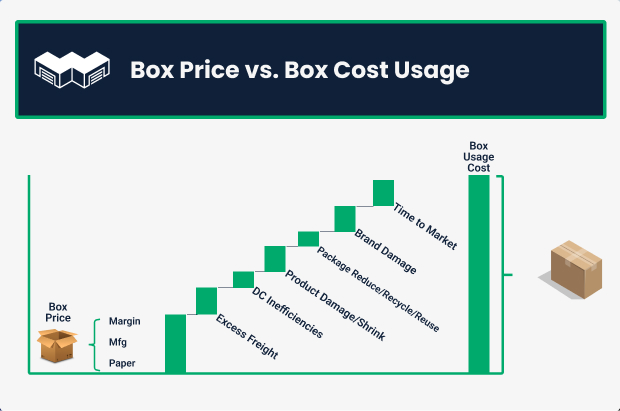
3. Analyze and Opt for the Best Shipping Methods
Selecting the optimal shipping method is crucial for efficiency and cost-effectiveness. The choice between ground, air, and sea transport depends on several factors, each suited to different needs and circumstances.
Ground transport is economical for domestic and less urgent shipments:
- Ideal for bulky or heavy items where cost savings are a priority.
- Offers flexibility with routing and scheduling.
Air freight serves best for rapid and long-distance deliveries:
- Ensures quick transit times for time-sensitive or perishable goods.
- Provides higher security and less handling of freight.
Considering the product type is essential in determining the shipping method:
- Fragile items require the careful and swift handling that air transport offers.
- Sturdy, non-perishable goods are more cost-efficiently shipped via ground or sea.
By evaluating these elements, businesses can make informed decisions on shipping methods that align with their budget, timeline, and product characteristics, leading to improved logistics efficiency and customer satisfaction.
4. Implement Zone Skipping
Zone skipping is a strategic method where shipments are sent directly to a carrier’s regional hub, bypassing several intermediate shipping zones. This approach can lead to significant cost savings, particularly for businesses that distribute large volumes of goods across various regions.
By consolidating shipments and skipping unnecessary stops, companies can reduce the per-package shipping cost. This method is especially beneficial for long-distance deliveries, where bypassing intermediate zones can lead to substantial savings.
Direct delivery to a regional hub also accelerates the overall shipping process, enhancing efficiency and customer satisfaction. It reduces the handling of packages, lowering the risk of damage and delays.
Implementing zone skipping requires careful planning and coordination with the carrier to ensure that the shipments are consolidated effectively and routed directly to the desired hub.
This strategy not only cuts transportation costs but also streamlines the logistics operations, making it a valuable tactic for businesses looking to optimize their shipping processes.
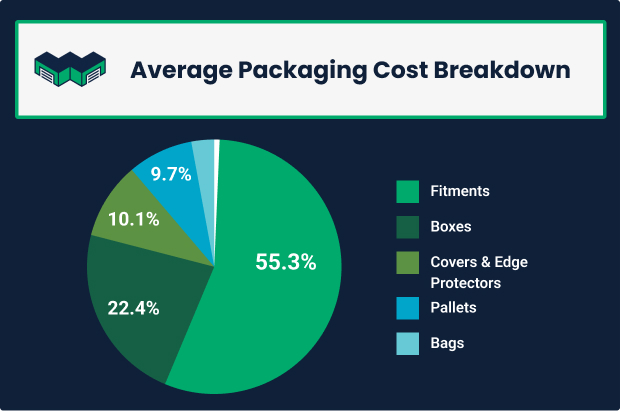
5. Take Advantage of Discounted Shipping Supplies
Leveraging discounted shipping supplies is a straightforward yet effective strategy to reduce overall shipping costs. Many carriers offer free or discounted packaging materials to their customers, which can lead to significant savings, especially for businesses with high shipping volumes.
Utilizing carrier-provided supplies eliminates the immediate need to purchase packaging materials, directly reducing overhead costs. These supplies often meet the carrier’s exact specifications, potentially decreasing the risk of damage during transit and saving on additional packaging costs.
Buying supplies in bulk is another cost-effective approach. Bulk purchases usually come with substantial discounts, lowering the per-unit cost of supplies. This strategy not only reduces the cost but also ensures a consistent supply of packaging materials, aiding in inventory management.
Taking advantage of these opportunities requires businesses to assess their shipping needs accurately and negotiate with suppliers or carriers to secure the best deals.
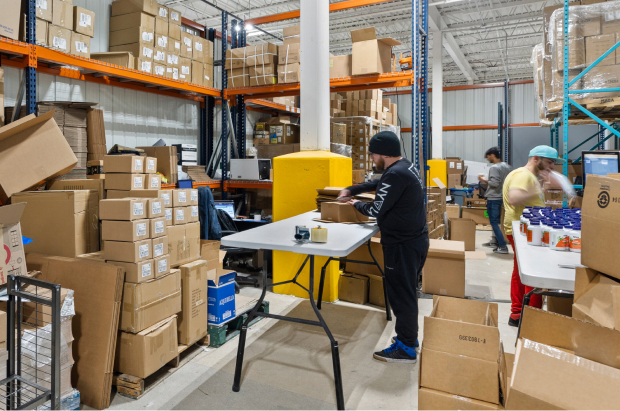
How SMEs Can Save Big on Shipping with Small Warehouse Spaces
Optimizing warehouse space is one of the most effective ways to enhance shipping efficiency and cost-effectiveness. However, the challenge for many small and medium-sized enterprises (SMEs) lies in the high overhead and substantial upfront costs associated with securing warehouse space.
This financial barrier often makes it difficult for smaller businesses to compete with larger entities in terms of logistics and shipping efficiency.
Small warehouse spaces emerge as a perfect solution to this dilemma. By renting a smaller portion of a larger warehouse, SMEs can access the necessary storage and distribution facilities without the hefty investment typically required for large-scale warehouse operations.
This approach allows for flexible leasing options, enabling businesses to adjust their warehouse space according to fluctuating inventory levels and demand patterns.
Small warehouse spaces can be customized to meet the specific needs of a business, ensuring that the layout and resources are optimized for their unique shipping and handling processes. This tailored approach leads to quicker packing and shipping processes, lower storage costs, and enhanced inventory management.
Utilizing small warehouse spaces allows SMEs to achieve a more efficient and cost-effective shipping operation, leveling the playing field with larger competitors and improving their overall market competitiveness.
Not all small warehouse spaces are the same; some only offer the space, while others offer valuable amenities for SMEs to take advantage of. WareSpace offers ideal amenities that transform your shipping and storage strategy, ultimately enhancing your entire business operation.
Discover flexible and affordable small warehouse solutions tailored to your business’s unique needs by booking a tour today.
Small warehouse rentals for as low as $500
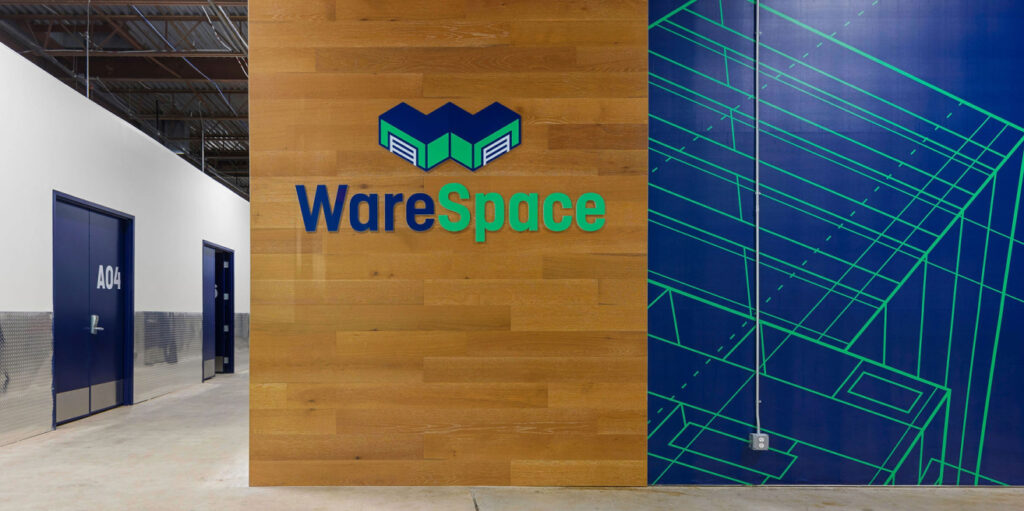
Other Factors that Contribute to Higher Packing Costs
While the direct expenses of materials and shipping are often in the spotlight, numerous other elements can silently elevate the overall packing costs. Recognizing and managing these factors is crucial for maintaining cost efficiency.
- Labor Costs
- Transportation Inefficiencies
- Supply Chain Disruptions
- Quality Control and Returns
- Equipment and Maintenance
- Energy Consumption
- Packaging Design and Testing
- Regulatory Compliance
- Market Fluctuations
Addressing these comprehensive factors through strategic analysis and optimization of operational workflows and supply chain management can significantly reduce hidden expenses.
This holistic approach not only curtails packing costs but also enhances the efficiency and sustainability of the entire operation.
Maximizing Savings by Minimizing Packaging Expenses
Strategic changes in packaging and shipping practices can result in significant cost savings. Businesses are encouraged to adopt a holistic view of their shipping and packaging operations to identify and implement cost-saving measures.
By focusing on these areas, companies can optimize their operations, reduce costs, and contribute to environmental sustainability.

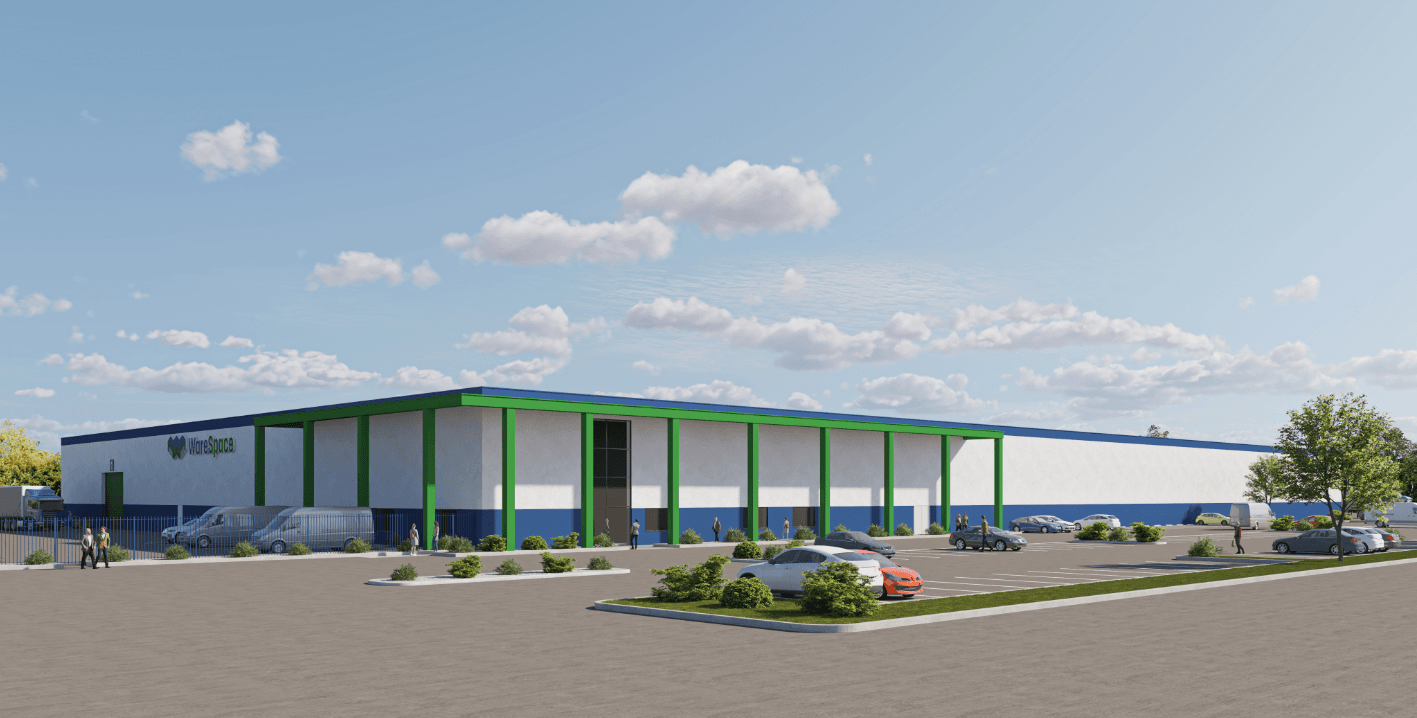
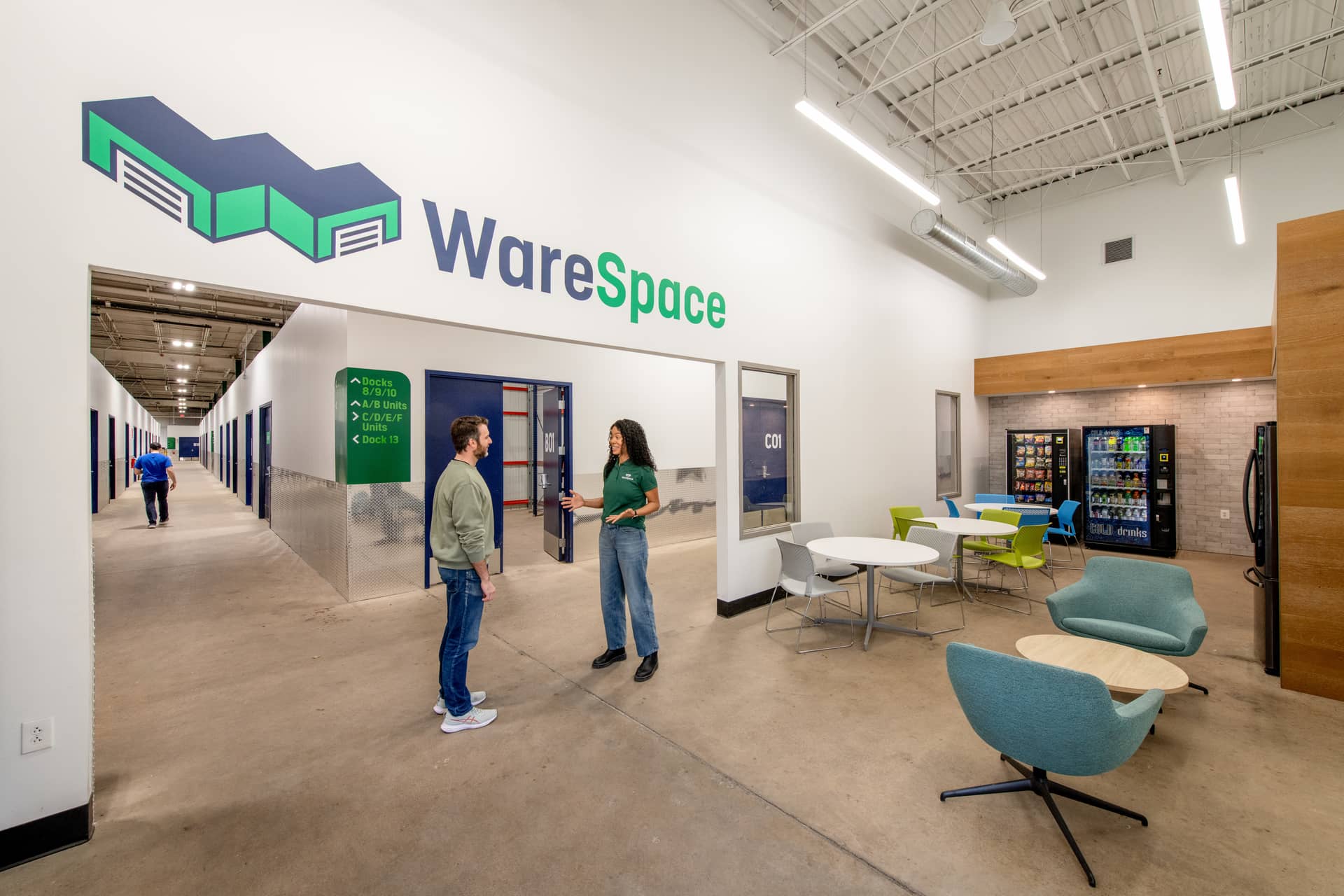

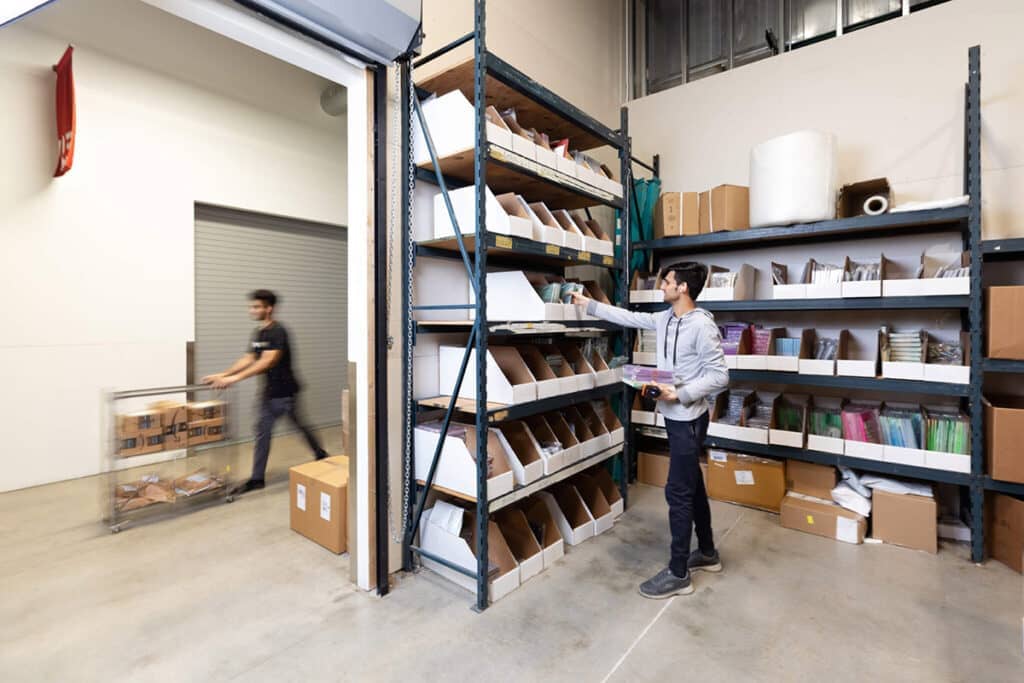
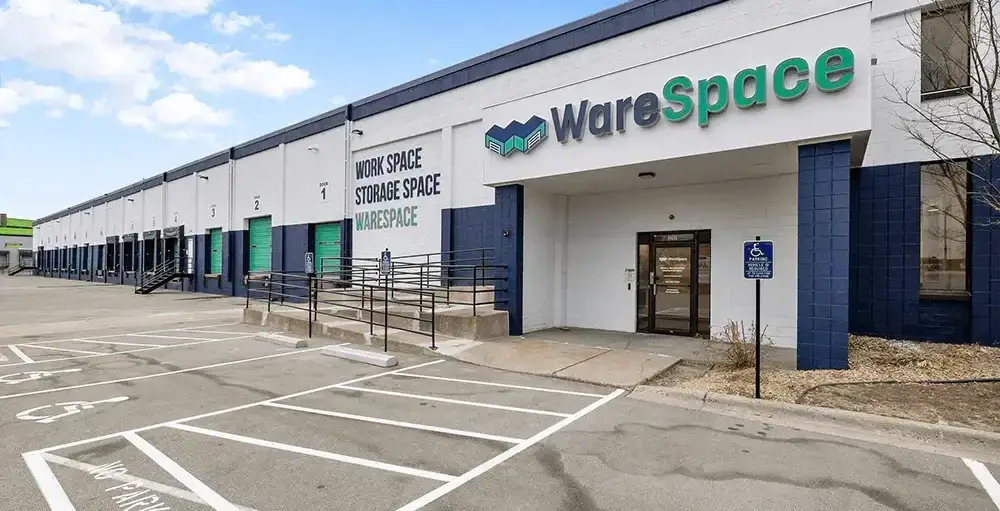
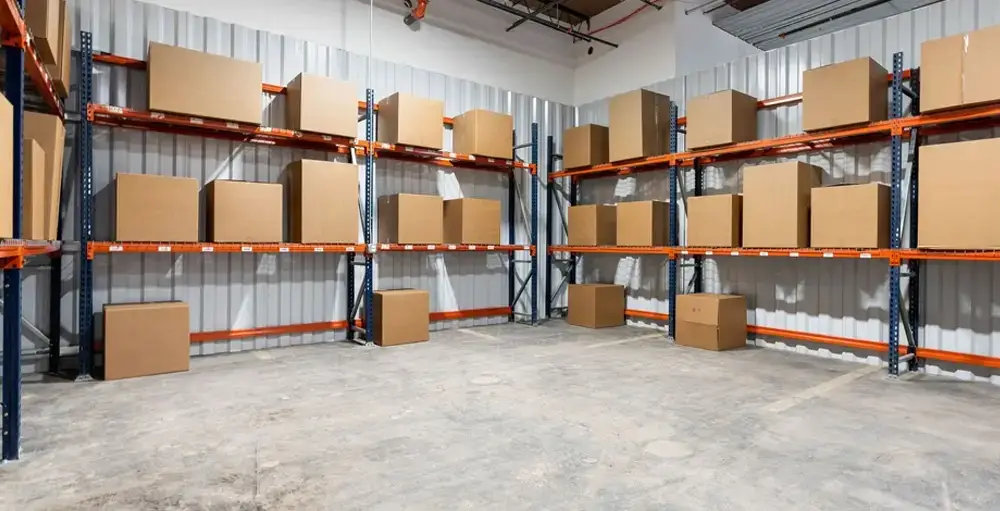
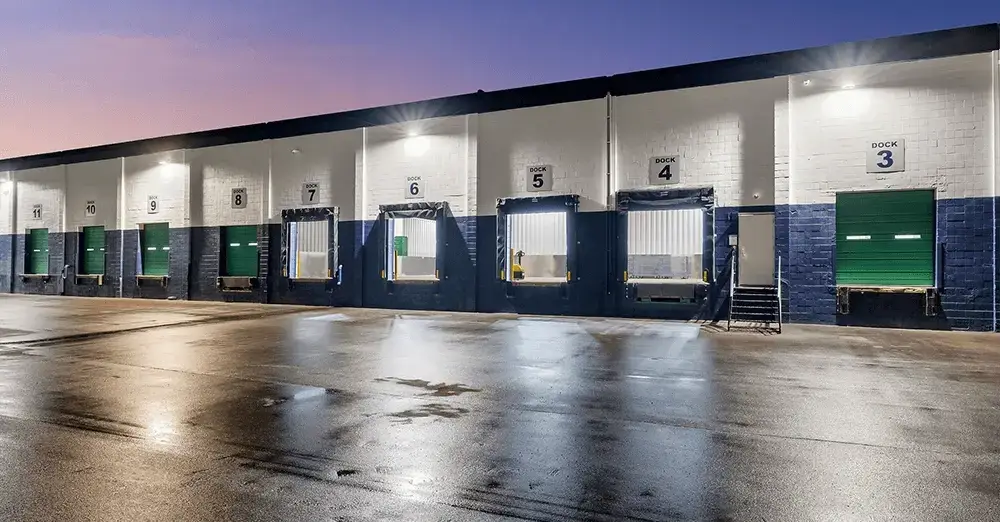












 ►
Explore 3D Space
►
Explore 3D Space